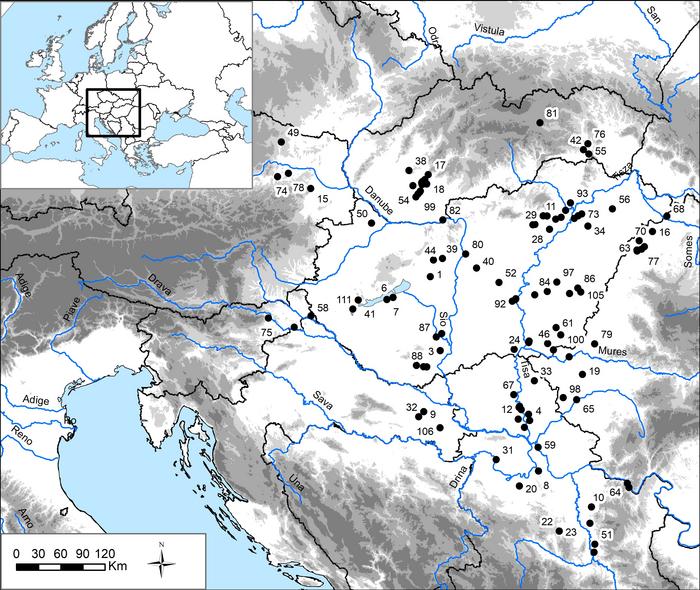Farming did not lead to entrenched economic inequality in ancient Carpathian communities
The advent of plow agriculture did not spark nor exacerbate wealth inequalities in the Carpathian Basin from the Neolithic to the Bronze Age, a new study argues. These findings counter an accepted theory that the global emergence of farming spurred the stratification of intergenerational wealth. Archaeologists often use two proxies to infer wealth distribution in ancient societies: house size as an indicator of material wealth and burial data for relational wealth. Evidence from ancient Mesopotamia based on these proxies suggests that the start of farming, and practices such as plow agriculture, triggered economic stratification and intergenerational inequality. Now, Paul Duffy and colleagues find this hypothesis does not extend to all other prehistoric societies within Eurasia. They found no signs of permanent wealth disparity while surveying findings from 110 sites within the present-day Carpathian Basin dating back to the Neolithic, the Copper Age, and the Bronze Age, spanning roughly 6000 to 1000 BCE. Duffy et al. analyzed site area, density, and longevity, as well as indicators of social cohesion (for example, communal ditches) and conformity (for example, house alignment). They combined these alternate proxies with the traditional metrics derived from house size and burial artifacts. Rather than observing a steady increase in inequality, Duffy et al. discovered that Carpathian societies underwent wealth-leveling mechanisms. For example, burying relational wealth in graves prevented intergenerational inheritance. Investing in communal infrastructure increased labor and boosted circulation of wealth.
“Traction animals and extensification may have played an important role in the development of urbanism and inequality in fourth-millennium BC Mesopotamia, but the same outcomes do not characterize the Carpathian Basin,” the authors reiterate.

Bibliographic information:
Press release from the American Association for the Advancement of Science – AAAS


